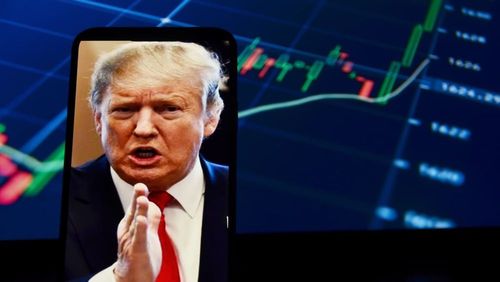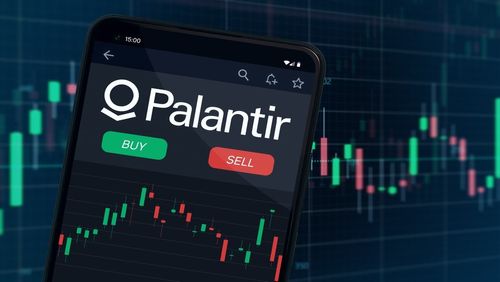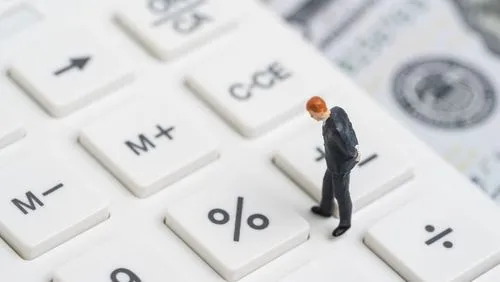The US-Japan Trade Deal: A Win-Win or Just a Negotiating Tactic?
Former US President Donald Trump's deal-making style, which he described as "The Art of the Deal," appears to have played out in trade negotiations with Japan. Trump announced a "massive" agreement with Japan, but the details of the agreement have sparked much controversy and questioning.
Trump announced via his platform "Truth Social" an agreement involving a 15% tariff rate and $550 billion in investments. However, photos circulating from Trump's meeting with a Japanese delegation showed discrepancies in the figures written on a card in front of him, with handwritten revisions.
The card indicates that the 15% tariff would be imposed on the automotive, pharmaceutical, and semiconductor sectors, while the tariff would be 10% on other sectors. However, Trump stated in his post that Japan would face a 15% tariff without detailing specifics. The card also showed the number "$400B" crossed out and handwritten to "$500B", while Trump mentioned in his post that the investments would amount to $550 billion.
Conflicting Figures and Questions About Details
This discrepancy in figures raises questions about the accuracy of the information announced and the actual details of the agreement. Are these just preliminary figures that were modified during negotiations? Or do they reflect a negotiating tactic on Trump's part?
The White House declined to comment on these discrepancies. While the US Secretary of Commerce indicated that he prepared the card in front of Trump, he did not explain the reason for the revisions and contradictions.
For his part, the US Treasury Secretary said that the 15% tariff on Japanese cars came in exchange for Japan's commitment to provide credit facilities and finance large American projects. He added that this is a "different agreement" and that Japan received this rate in exchange for providing an "innovative financing mechanism."
Skepticism on Wall Street
These developments have raised skepticism on Wall Street about the terms of the agreement. Analysts mentioned that Japanese officials provided a "different description" of investment plans, and that they consider the amount of $550 billion to be a ceiling for investments and include government loan guarantees.
They added that Japan may hesitate to implement investments that do not serve its economic interests, especially since it considers itself "forced" to make this commitment.
Conclusion
The details of the US-Japan trade agreement remain unclear, and the conflicting figures and varying statements raise many questions about the nature of the agreement and its potential outcomes. Investors and analysts should closely monitor developments to assess the impact of this agreement on the global economy.




